Suppose this solenoid-controlled valve refuses to move when the operator pushes the switch. Whether the switch is pressed or unpressed, the control valve remains in the fully-closed (down) position:
Solenoid-controlled Valve Problem
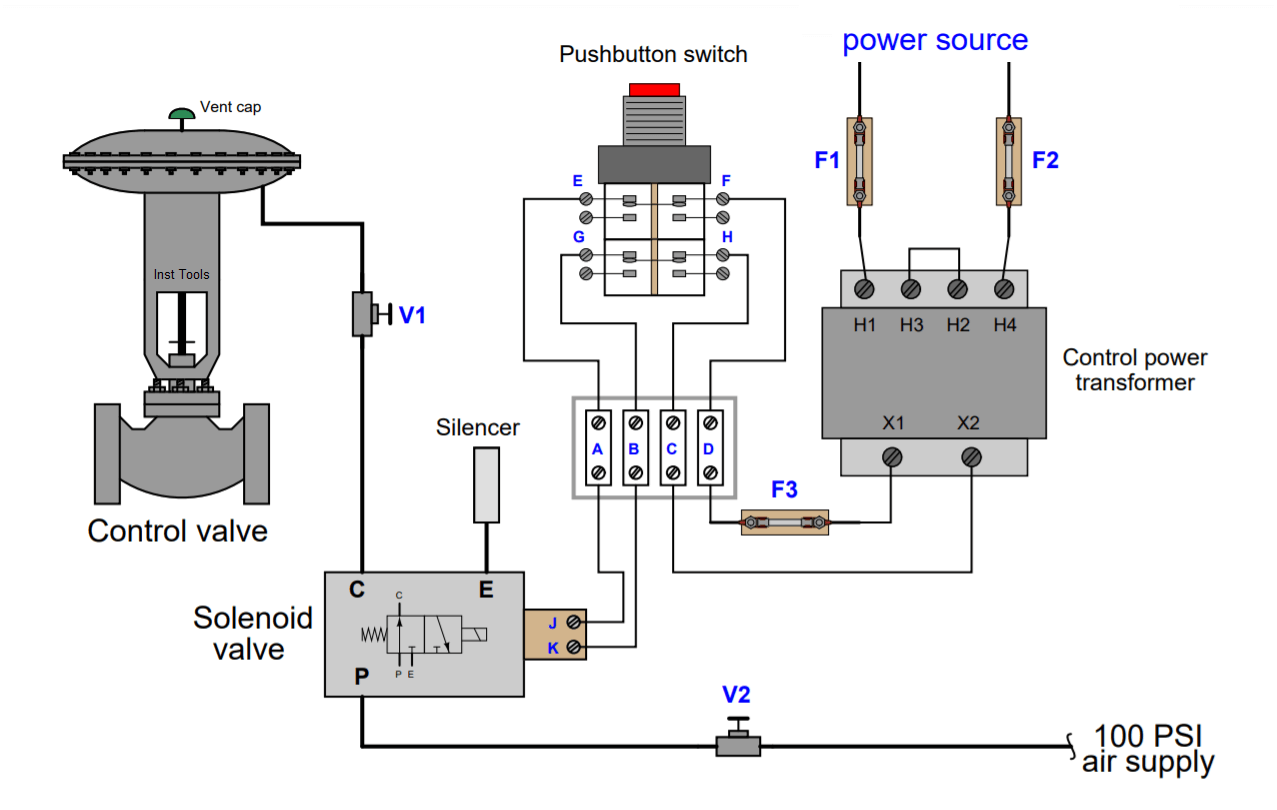
Another technician has already measured voltage between terminals H1 and H4 on the transformer, and 0 volts between terminals D and X1, in both pushbutton switch positions. At that point, he gave up and left the system for you to troubleshoot.
Identify the below-mentioned faults are possible to happen or not.
- Fuse F3 blown (failed open)
- Solenoid stuck in “energized” position
- Solenoid stuck in “de-energized” position
- Solenoid coil failed open
- Solenoid coil failed shorted
- Silencer plugged
- Vent cap plugged
- Wire open between terminals A and E
- Wire open between terminals C and H
- Wire open between terminals K and B
- Valve V1 shut
- Valve V2 shut
Identify the likelihood of each specified fault for this system. Consider each fault one at a time (i.e. no coincidental faults), determining whether or not each fault could independently account for all measurements and symptoms in this system.
Finally, identify the next diagnostic test or measurement you would make on this system.
Explain how the result(s) of this next test or measurement help further identify the location and/or nature of the fault.
Solenoid-controlled Valve Solution
A plugged vent on the valve actuator, while in theory capable of limiting the control valve’s upward motion, would not prevent any motion at all from occurring when full pressure is applied to the bottom of the diaphragm. This is why “Vent cap plugged” is checked as impossible rather than possible for this scenario.
A good “next test” would be to crack the fitting at port “C” of the solenoid valve. If there is pressure, it means the problem must lie past the solenoid (e.g. valve V1 shut, or a problem in the process control valve).
If there is no pressure at that point, either the solenoid valve is stuck in the “energized” position or there is a lack of supply pressure to the solenoid.
| Faults | Possible | Impossible |
| Fuse F3 blown (failed open) | ✓ | |
| Solenoid stuck in “energized” position | ✓ | |
| Solenoid stuck in “de-energized” position | ✓ | |
| Solenoid coil failed open | ✓ | |
| Solenoid coil failed shorted | ✓ | |
| Silencer plugged | ✓ | |
| Vent cap plugged | ✓ | |
| Wire open between terminals A and E | ✓ | |
| Wire open between terminals C and H | ✓ | |
| Wire open between terminals K and B | ✓ | |
| Valve V1 shut | ✓ | |
| Valve V2 shut | ✓ |
Share your answers with us through the below comments section.
Read Next:
Credits: Tony R. Kuphaldt
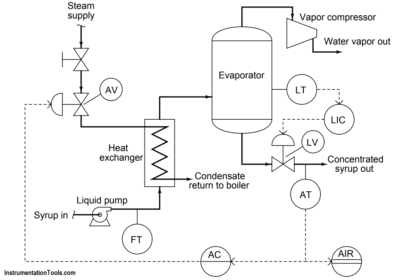
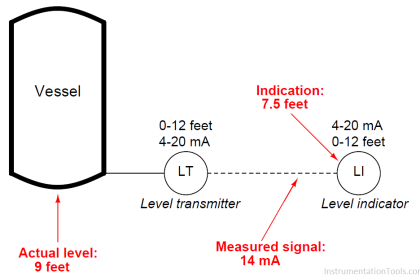
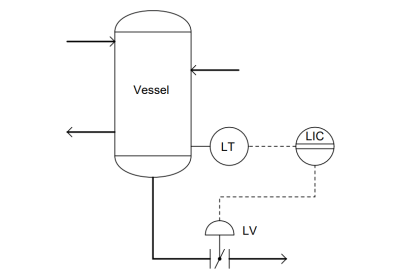

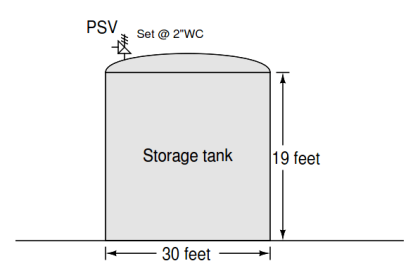
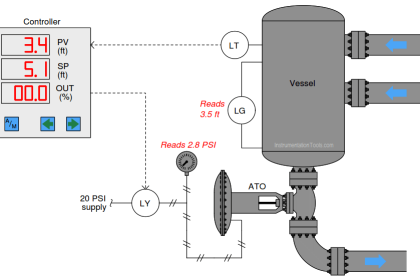

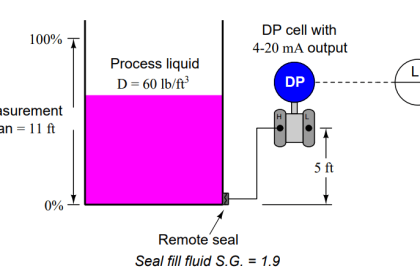
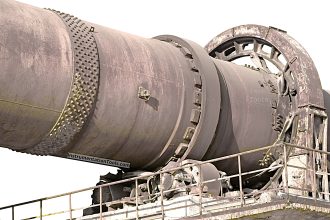
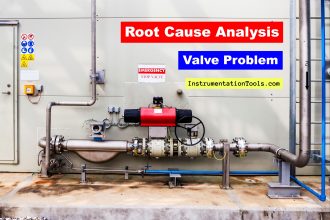
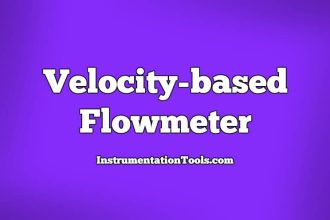
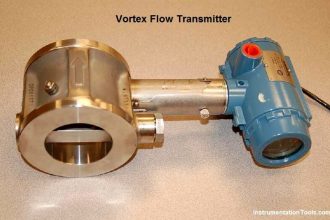

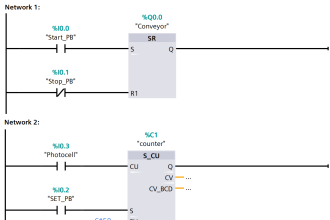
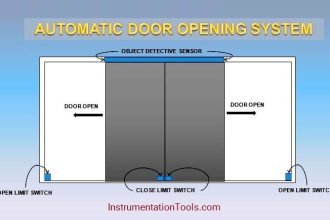


Coil shorted open